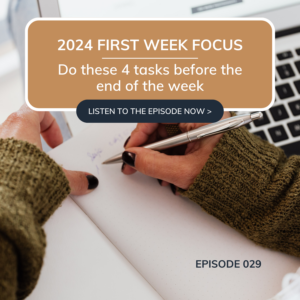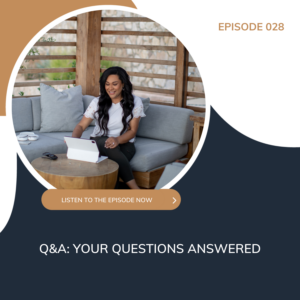Why you should write your email in google word first
Sitting down at your desk to compose a sequence of emails for an upcoming campaign can feel like you’re staring down an endless tunnel of confusion and frustration. Maybe you’ve stood up to grab a snack, maybe you’ve scrolled the last hour away on Instagram or maybe you’re just tapping your pen against a blank piece of paper. It’s okay, we’ve all been there.
This is why planning out your email campaigns well in advance will help you avoid hitting this wall in the future. If you take three things from this article, let them be this: Batch write your sequences; write every email with a specific intention (have a clear conversion goal in mind), and get comfortable with automation.
Clear off your desk, switch your phone to silent, close the 150 computer tabs you have open, and take a few deep breaths. It’s time to get planning.
Google Word for the Win
The best place to start is at the beginning, and that would be where you decide to draft your emails. We’re huge fans of Google Word for various reasons, one being the built-in spelling and grammar check.
Another convenient feature is that all your work is automatically saved, and if you actually hit delete, it’s easy to undo. We recommend you take it a step further and create different searchable folders so that when you’re looking for content to use to repurpose for your social media or elsewhere it’s easy to find.
There’s no sense in writing a single word if you are not clear on whom you are writing to. If you’ve been building an email list, and segmenting them, it’s much easier to draft emails or email campaigns that are specific to those customers’ interests.
Define your audience
There’s no sense in writing a single word if you are not clear on whom you are writing to. If you’ve been building an email list, and segmenting them, it’s much easier to draft emails or email campaigns that are specific to those customers’ interests.
Set your intentions
Before you start dancing those fingers across the keyboard in email drafting fury, set your intentions for these emails. What are you hoping to accomplish with your emails?
If you’re writing out a campaign, what are the goals? Are you looking to nurture your customers? Are you offering a travel opportunity? Are you opening up a Facebook group and want to recruit new members? Knowing the end game makes it easier tostart writing.
Brainstorm & draft up subject lines in advance
It’s the first thing your customers will see in their inbox, and it doesn’t matter how epic the rest of your email is if your subject line falls flat. If they don’t connect to the subject they won’t open the email. So make sure to write a list of 6+ subject lines, walk away from them, and then come back and choose the best one.
Establish a schedule & frequency
This is the perfect time to write out a schedule for your fresh weekly content and map out any email campaigns you want to run in advance. Some travel advisors prefer to map out their campaigns quarterly, and some prefer to run them to boost sales before a particular season like wave season, spring break, or Christmas. Whatever your email frequency, setting a schedule out in advance will save you from throwing your emails together in a disorganized rush.
Save time by using a pre-designed template
There is a bit of debate surrounding using a custom-designed email template or using a pre- designed one. In all honesty, it’s a catchy subject line plus interesting and relevant content that your subscribers are looking for, not how pretty the border is surrounding your email. Not, that isn’t to say that your emails shouldn’t look beautiful, but you can accomplish that by using pre-designed templates provided by email marketing programs like ConvertKit and FloDesk. These programs have plenty of eye-catching templates that you can customize to bring them in line with your brand colors.
Set a timer to keep you on task
The purpose of planning your emails in advance is to save you time, so it’s only right to optimize the time that you are trying to save on another task. If you’re not a natural writer, you may need 1-2 writing sessions to map out and write your emails, but if you’re someone who tends to get distracted or procrastinate, you may need a little incentive. Set a timer on your phone for a reasonable amount of time, and challenge yourself to get the task done before the timer goes off. Organizing fresh weekly content and writing out email marketing campaigns are likely tasks that sit at the bottom of your priority list, but your business is going to suffer if that continues. Planning out your email in advance, setting up your templates, pre-organizing your subject lines, and setting your schedule are all ways to set you up for success, and ensure that this particular marketing strategy is used effectively.









